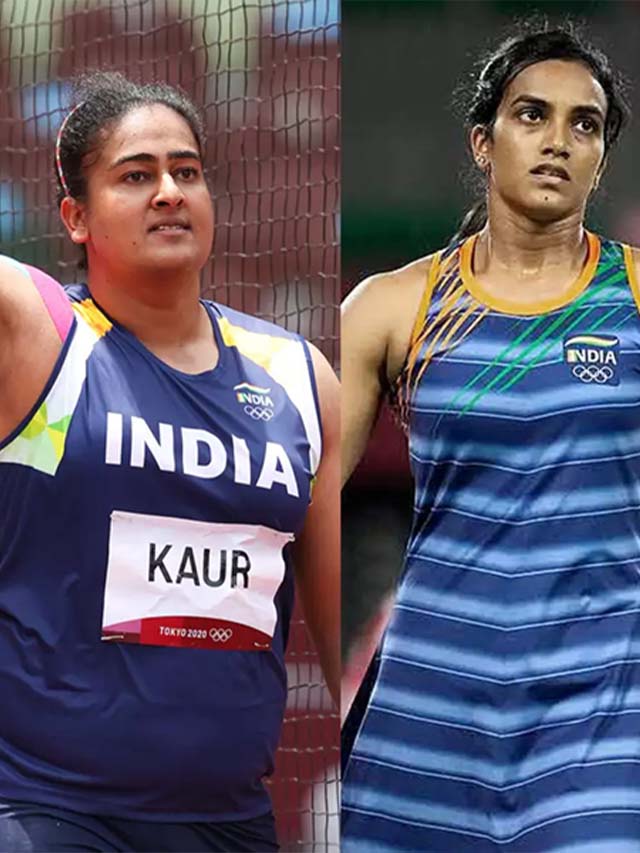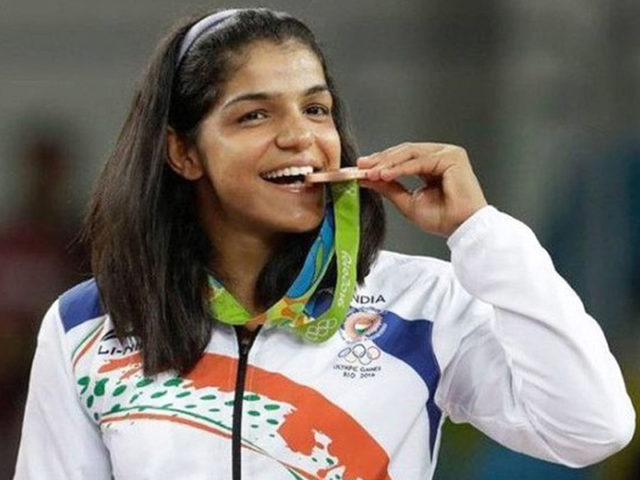From Dangal to Mary Kom and Saina, Indian movies showcasing female athletes have been hailed by the audience and showered with appreciation just like the real-life superstar sportswomen. It’s a moment of utmost pride for Indians to see women take charge on the field and showcase their extraordinary talents. Even today, the names P.T. Usha, Karnam Malleswari, Sakshi Malik and Anjali Bhagwat bring a smile on every Indian’s face, an ode to their achievements and performances as athletes. And the status of Indian female athletes is progressing every day, there is still a long way to go.
So on National Sports Day, TC46 interviewed Jyoti Ann Burrett, a certified trainer at Nike and footballer for the Indian Women’s League to discuss the state of female athletes and sportswomen in India. Here she answers some key questions about accessibility to sports for girls, the cultural issues that hamper new talents from emerging and shares ways you can support these incredible athletes.
1. With the Tokyo Olympics being a strong platform for female athletes, what effect do you think it will have on women in sports?
I always feel watching sport has a huge impact on people. It inspires people to get moving, get fit and try new sports. I am sure many women who watched other women compete in the recent olympics have been inspired to give sport a shot, even if it’s recreational.
2. What is your take on the perception that women’s sports only make headlines when athletes perform extraordinary feats?
I agree. I feel women aren’t taken seriously till they go and achieve a huge feat and only then are they looked at as serious sportspersons. Funding, publicity and financial aid only come pouring in when a female athlete ‘makes it big’ while male athletes are looked at as having that potential and are supported (still not much but a little more than their female compatriots) on their way to glory.
3. How different are individual vs team sports and why?
Individual sports and team sports require a different mindset. I think different kinds of people pick between the two based on ability and personality. Individual sport athletes tend to be introverts and do most of their training alone with their team of coaches. The training schedule and outcome rests solely in their hands so the pressure is mammoth, yet if things don’t go to plan the disappointment is also personal.
Team sports athletes play for the team. Their schedule is a joint one. There’s more company at training and at sporting events. Performance depends on how well every single person on that team performs and so a good team atmosphere and bond is vital.
4. Is gender bias in Indian sports limited to certain types of sports, the place athletes come from or their economic and social background?
I think gender bias is universal across all sports, but is more prominent in some sports. Certain contact sports like rugby, football and boxing are looked at as male sports while non-contact sports like archery, shooting, golf and gymnastics, often see less of a gender bias. Sometimes the place an athlete comes from and their economic and social background can make it more jarring but the bias is always there. Certain states encourage women’s sports more and this can also be correlated to the gender disparity in that state in general. A higher literacy rate and sex ratio usually correspond to a lower gender bias in that region.
5. What makes sports a less accessible avenue for young girls as compared to boys?
Safety plays a huge role here. Parents are more open to sending their sons out to play a sport than their daughters, given the number of crimes against girls and women. The social expectation of young girls looking a certain way and being groomed to eventually get married also hampers their accessibility to sport, as playing sport would require them to spend time outdoors and thus get a tan, potentially build some muscle, probably get hurt at times, and these hurdles often come in the way of them getting a chance to take up a sport.
6. What are some cultural issues that hamper female athletes in India?
Early marriages, social expectations of what women must look like and what women must wear to appear feminine, a conception that women shouldn’t be aggressive or competitive, that they must stay at home and be domestic, that women are too weak to play physically challenging or contact sports.
7. How important is economic and financial support for women to participate in sports?
It’s huge! I think a lot more women would fight for a right to play or even be given an opportunity to play sport if it was a financially viable career. Parents would probably even encourage their daughters to play a sport if it could financially support them and their families.
8. What do you think are the hardships women sports players have to endure even in 2021?
I think things have improved for women athletes but there is still a long way to go before the journey can be deemed a smooth one. Lack of funding in women’s sports seems to be the biggest hurdle. A gender bias that discriminates and sees women athletes get harassed and treated as inferior to male athletes. Coaches and associations that are sexist. Lack of training and competitive opportunities. Certain sports are looked at as male sports.
9. What are some ways the common man can support Indian sportswomen?
I think the public in India needs to open their minds to women being top athletes. Yes, there is a difference in physicality between men and women, but that doesn’t make women’s sports any less challenging or entertaining. The more people watch women’s sports the more it will emerge into the light and the more funding it will receive. Parents need to see their sons and daughters as equal and encourage both towards sport equally. There is no such thing as a women’s sport and a men’s sport. Sport is sport. Every sport is challenging in its own way, and women are more than capable to meet all these challenges – a fact often forgotten but recently re-witnessed at Tokyo 2020.











